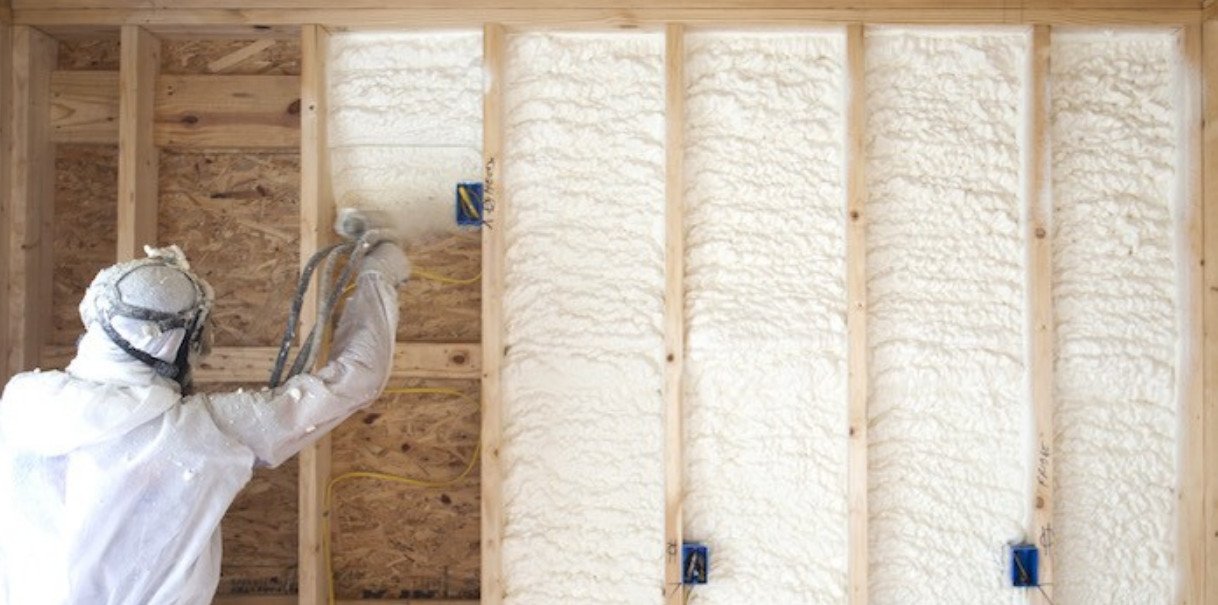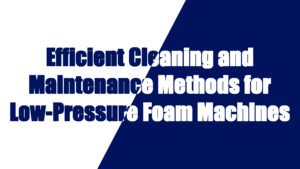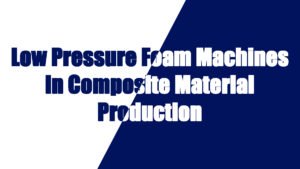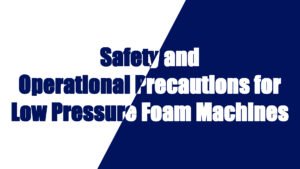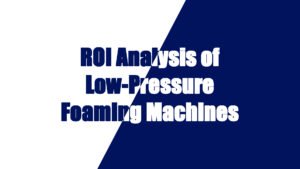As the construction industry continues to focus on improving construction efficiency and quality, polyurethane spray foam technology has become an essential method in 격리, waterproofing, soundproofing, and other construction industry. However, increasing application efficiency, shortening project timelines, and ensuring high-quality spray foam results remain challenges for many construction teams. Below are detailed strategies and technological innovations to help improve polyurethane spray foam application efficiency.
Reasonable Project Time Planning
Enhancing application efficiency begins with careful planning. Proper time management can help reduce construction time and ensure smooth execution of each process, preventing delays.
- Pre-project Research and Preparation:Detailed site surveys are crucial to understand environmental conditions, project specifications, and material requirements. This helps estimate the time needed for each application phase and ensures proper scheduling for each step.
- Task Distribution:Distribute tasks based on team members’ skills and project area requirements to avoid wasting labor resources and optimize workflow.
- Progress Coordination: Polyurethane spray foam applications involve multiple phases, such as surface preparation, material delivery, and spraying. Coordinating these processes ensures minimal waiting time between steps.
Optimizing Spray Foam Equipment Settings
The performance of pu spray foam equipment, as well as its parameter settings, directly affects both application efficiency and quality. Optimizing these settings can increase spray speed, ensure better coverage, and reduce material waste.
- Spray Pressure Adjustment: The pressure settings of spray foam equipment play a significant role in the consistency and smoothness of foam spraying. Adjusting the pressure appropriately can ensure high-quality application while also improving efficiency.
- Flow Rate and Nozzle Selection:The flow rate and nozzle selection should be tailored to the size of the surface being sprayed and the material requirements. A high flow rate can lead to material waste, while a low flow rate might affect application coverage. Choosing the correct nozzle size and flow rate ensures an even coat and optimizes material usage.
- Spray Angle Adjustment:Spray angle affects the uniformity of coverage. Adjusting the spray nozzle to the optimal angle ensures an even distribution of the foam across all areas, reducing over-spraying or missed spots.
Using High-Efficiency Materials
The materials used for spray applications have a significant impact on both the quality and efficiency of the work. Selecting high-performance materials can improve the application process and speed up the work.
- Fast-Curing Materials:Fast-curing polyurethane spray foam materials allow for quicker solidification, which reduces curing times and shortens overall project durations. This is especially beneficial for projects with tight schedules.
- Low Viscosity Materials: Low-viscosity spray foam materials are easier to apply and reduce clogging or uneven spraying. These materials are more fluid, allowing for quicker coverage and better flow.
- Multi-Functional Materials:Multi-functional polyurethane materials that offer insulation, waterproofing, and corrosion protection can save time and resources by combining multiple layers of application into one, improving overall application efficiency.
Staff Training and Skill Development
The skills of the personnel involved in the spray application process directly impact the overall efficiency and quality of the job. Regular training and technical updates are vital for improving the team’s performance.
- Technical Training:Providing ongoing training on equipment operation, troubleshooting, and industry standards ensures that workers are up-to-date on the latest techniques and best practices.
- Proficiency in Equipment Operation: Workers should be familiar with all aspects of equipment handling, including setup, adjustment of spray settings, and basic maintenance, to avoid delays and mistakes that might otherwise slow down progress.
- Site Management Training: Supervisors and site managers should be trained on how to organize and allocate tasks effectively, coordinating the team’s work to maximize overall project efficiency.
Utilizing Smart Spray Systems and Automation
With advancements in technology, smart spray systems and automated equipment have become effective solutions for boosting application efficiency. These innovations help improve application precision and speed while reducing human intervention.
- Intelligent Control Systems:Modern spray equipment is equipped with intelligent control systems that allow precise control over spray thickness, pressure, flow rate, and speed. These systems make real-time adjustments to ensure a consistent and efficient application process.
- Automated Spray Robots: Automated spray robots excel in large-area applications, especially for complex surfaces. They not only complete large-scale tasks faster but also provide high precision and can apply foam to hard-to-reach areas, significantly improving application speed and safety.
- Remote Monitoring and Data Analysis:Using intelligent spray systems, data generated during the application can be monitored remotely and analyzed in real time, allowing project managers to optimize the process and adjust project plans as needed to improve efficiency.
Material Supply and Transport Management
Ensuring the timely availability of materials and efficient transportation is essential for increasing application efficiency.
- Pre-project Material Preparation:All polyurethane spray foam materials and equipment should be ready and available before starting the project to avoid delays due to material shortages or equipment malfunctions.
- Accurate Material Demand Forecasting:Based on the project schedule and area coverage, predicting the required amount of material and making sure materials are delivered in a timely manner can reduce waste and prevent overstocking, improving material usage efficiency.
Quality Control and Precise Testing
Ongoing quality control and precise testing are key to ensuring that the work meets project standards and to prevent rework, which can reduce efficiency.
- Real-Time Quality Monitoring:By using real-time testing devices, the thickness and uniformity of the sprayed foam layer can be monitored during the application process, ensuring that the application meets quality requirements and minimizing the need for corrections.
- Comprehensive Post-Application Inspections:After the spraying is completed, a thorough inspection of the foam layers should be conducted to identify any defects or areas needing repair. Prompt resolution of issues helps avoid delays in the next steps of the project.
Improving polyurethane spray foam application efficiency requires a multifaceted approach that includes careful planning, optimized equipment settings, the use of high-performance materials, staff training, and the integration of innovative technologies like automation and intelligent control systems. By combining these strategies, construction teams can significantly reduce project timelines, minimize costs, and maintain high-quality results. As the demand for faster and more efficient construction processes increases, smart spray systems and automation will continue to play a crucial role in the future of polyurethane spray foam applications.


















